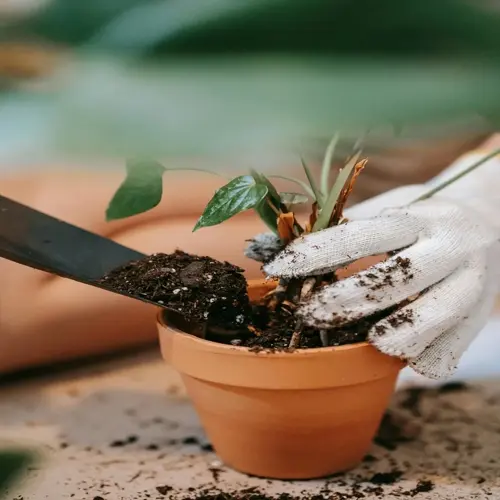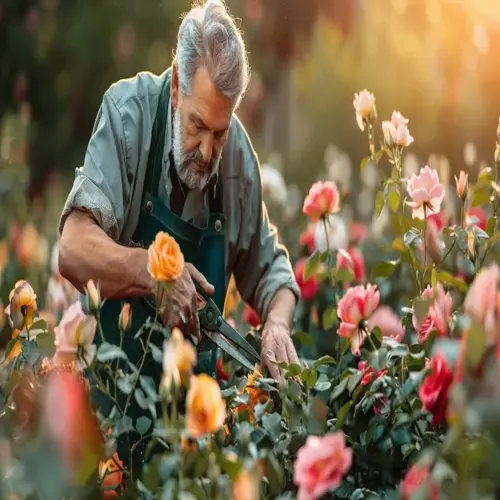Can I save seeds from hybrid plants?

Written by
Paul Reynolds
Reviewed by
Prof. Martin Thorne, Ph.D.Seed saving from hybrid plants typically frustrates gardeners. These F1 crosses will not produce plants that are identical to the parent plants. For reliable results, it is best to opt for open-pollinated or heirloom varieties. Hybrid plants work for single-season crops, but they are not reliable for seed saving.
Hybrid Seeds (F1)
- Cross between two distinct parent lines
- Designed for single-season performance
- Exhibit hybrid vigor but unstable genetics
- Labeled with ® or PVP for protection
Open-Pollinated Seeds
- Stable genetics across generations
- True-to-type reproduction year after year
- Adapt to local conditions over time
- Ideal for seed saving and sharing
Hybrid plants can produce unpredictable results when seeds are saved and replanted. For example, commercial 'Early Girl' tomatoes planted from seed may make little, oddly shaped tomatoes. Corn hybrids may result in ears that are poorly filled. This occurs because parental traits become separated in subsequent generations.
To ensure that your seed saving is reliable, using open-pollinated varieties is essential. Open-pollinated varieties breed true to type consistently through generations. For example, heirloom tomatoes such as Cherokee Purple consistently produce the same variety over time. Moreover, your plants will adapt slowly, allowing them to acclimate to your growing environment and impart increased resilience without introducing additional genetic surprises.
Identify hybrid seeds through labeling. The seed packet will have an 'F1' designation. If it is a patented variety, you will see the ® symbol or perhaps the PVP designation. When in doubt, call the seed companies directly. We don't recommend collecting seeds from store-bought produce, as the vast majority were grown from hybrid stock.
To successfully maintain preservation, join seed exchanges that focus on open-pollinated varieties. Numerous organizations provide thousands of stable seeds, such as Seed Savers Exchange. Establish connections with growers who prioritize the preservation of heritage. Each season, your seed library becomes more stable.
Documentation helps to avoid accidental hybridizing. Write down variety names and sources in your garden log. Please set up a proper isolation distance between different varieties during their flowering period. All of these methods will guarantee pure lines of seed that will work for you in the future.
Read the full article: How to Save Seeds: A Complete Guide

